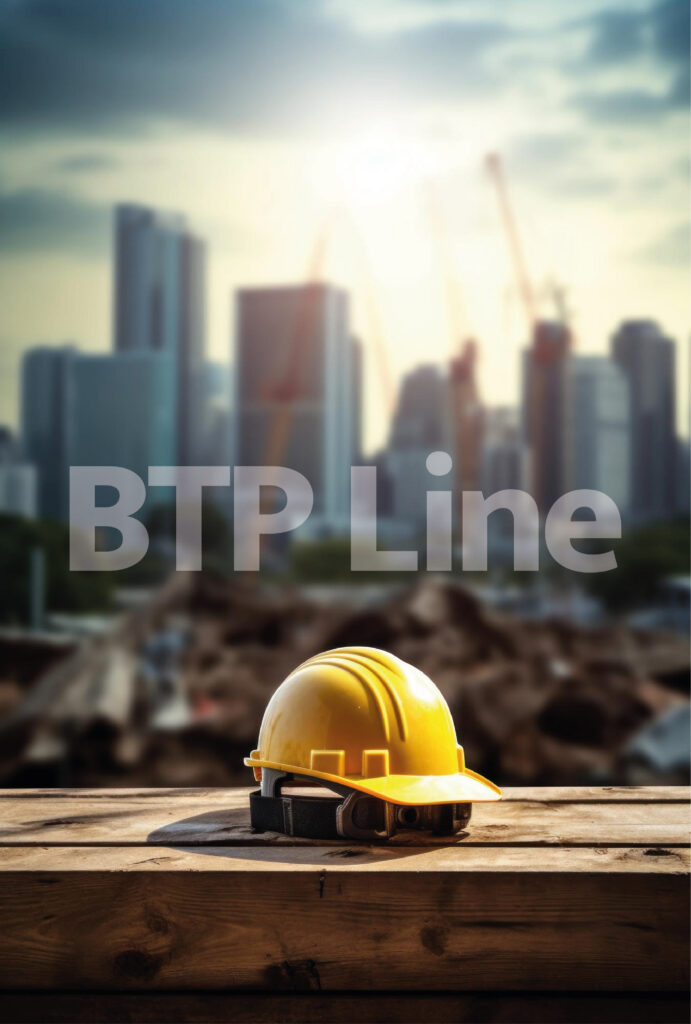Public works
At BTP LINE, the Public Works sector forms the central pillar of our expertise. As key players in the industry, we take pride in our role in creating critical infrastructure that shapes our communities and our future.
The Art of Building the Future
Public works encompass a set of activities related to the construction, renovation, maintenance, and management of infrastructure and facilities that serve the well-being of the community and facilitate daily life. They encompass a wide range of projects and operations that are typically funded by public entities, such as local, regional, or national governments. Public works aim to create, maintain, and enhance the essential infrastructure necessary for the functioning of society, including roads and highways, sanitation, earthworks, public buildings, and more.

Discover our projects
Urban Planning
Urban planning is the process of designing, planning, and managing the development of urban areas. It encompasses a wide range of disciplines and practices aimed at shaping cities and communities to make them more functional, sustainable, aesthetically pleasing, and tailored to the needs of residents.
The key components of urban planning include land use planning, design of public spaces, transportation and mobility management, environmental protection, resource management, creation of residential and commercial districts, promotion of access to culture, services, and infrastructure, and overall improvement of the quality of life.
Excavation
Excavation is the process of preparing the ground before construction, which involves digging, leveling, preparing, and modifying the soil to create a stable surface suitable for various construction projects. This process can include digging for foundations, creating trenches for underground utilities, forming slopes or embankments, as well as creating flat surfaces for buildings, roads, parking lots, and other infrastructure. Excavation plays a fundamental role in creating a solid foundation for construction, ensuring the stability, safety, and durability of subsequent structures.
Road
Roads are corridors designed to facilitate the movement of vehicles, pedestrians, and sometimes cyclists. They serve as vital links between cities, regions, and communities, facilitating transportation, commerce, and accessibility. Roads are often classified into several categories, including highways, national roads, regional roads, urban streets, country roads, and many others, based on their size, use, and location. They are essential for connectivity and mobility, playing a crucial role in economic development and the quality of life for populations.
Bridge
Bridges are engineering structures that enable the crossing of obstacles such as rivers, streams, valleys, or roads. They are designed to support the weight of vehicles, pedestrians, and loads, creating a vital link between otherwise inaccessible points. Bridges come in a wide variety of shapes and sizes, from simple footbridges to large architectural marvels. Their design is based on solid engineering principles to ensure safety, stability, and durability while offering efficient solutions for mobility. Bridges are symbols of connectivity and accessibility, playing a key role in infrastructure development and facilitating transportation.

